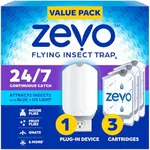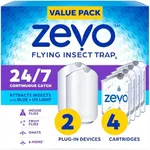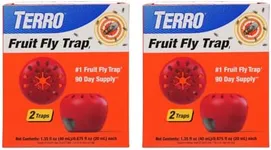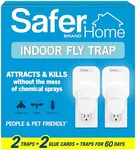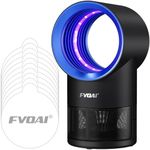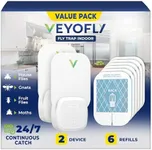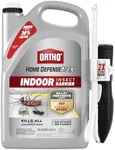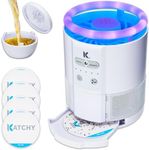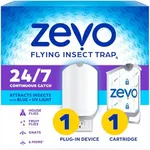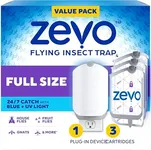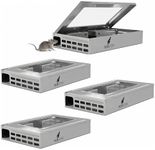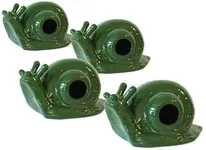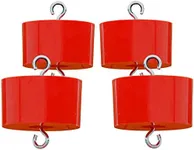Buying Guide for the Best Indoor Fly Control
Choosing the right indoor fly control product can make a significant difference in maintaining a clean and comfortable living space. Flies can be a nuisance and can also pose health risks by spreading bacteria and diseases. To select the best product for your needs, it's important to understand the key specifications and features that different fly control solutions offer. This guide will help you navigate through these specifications and make an informed decision based on your specific requirements.Type of Fly ControlThere are various types of indoor fly control products, including fly traps, fly zappers, fly sprays, and natural repellents. Each type has its own method of dealing with flies. Fly traps attract and capture flies, fly zappers electrocute them, sprays kill them on contact, and natural repellents deter them from entering the area. The choice depends on your preference for dealing with flies and the severity of the infestation. For a mild problem, natural repellents or traps might suffice, while severe infestations might require zappers or sprays.
Coverage AreaThe coverage area indicates the size of the space that the fly control product can effectively manage. This is important because using a product with insufficient coverage will not solve your fly problem, while an overly powerful product might be unnecessary. Coverage areas are usually measured in square feet. For small rooms or kitchens, a product with a coverage area of up to 500 square feet might be adequate. For larger spaces like living rooms or open-plan areas, look for products that cover 1000 square feet or more.
Safety FeaturesSafety is a crucial consideration, especially if you have children or pets. Some fly control products use chemicals or electricity, which can pose risks. Look for products with safety features such as enclosed traps, non-toxic ingredients, or protective grids on zappers. If safety is a primary concern, opt for natural repellents or traps that do not use harmful substances or pose electrical hazards.
Ease of UseEase of use refers to how simple it is to set up and maintain the fly control product. This is important because a product that is difficult to use may not be effective if not set up correctly. Consider products that require minimal assembly, have clear instructions, and are easy to clean or replace. For example, fly traps with disposable sticky pads or zappers with removable trays for dead insects are convenient options.
EffectivenessEffectiveness measures how well the product eliminates or repels flies. This can vary based on the type of product and the specific fly species you are dealing with. Reading reviews and checking product ratings can give you an idea of how effective a product is. For general use, a product with a high success rate in eliminating common house flies should be sufficient. If you are dealing with a specific type of fly, such as fruit flies, look for products specifically designed to target them.
Noise LevelNoise level is an important consideration, especially for products like fly zappers that may produce a buzzing sound when in operation. This is important if you plan to use the product in living areas or bedrooms where noise could be disruptive. Products are often rated for their noise levels, with quieter models being preferable for indoor use. If noise is a concern, opt for silent traps or natural repellents that do not produce any sound.
Environmental ImpactThe environmental impact of a fly control product refers to how eco-friendly it is. This is important for those who are conscious about their environmental footprint. Products that use non-toxic, biodegradable materials or natural ingredients are better for the environment. Avoid products with harmful chemicals or those that contribute to waste. If sustainability is important to you, look for eco-friendly certifications or products marketed as environmentally safe.
